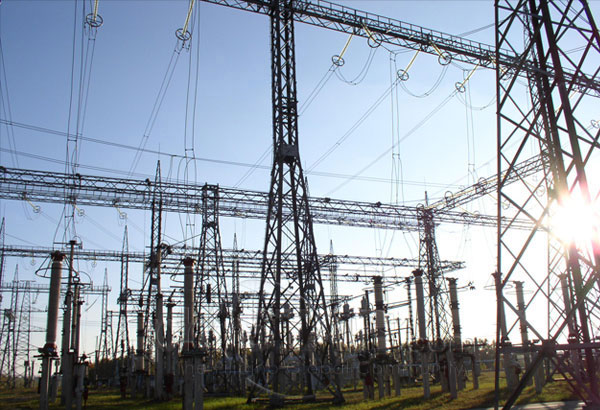Philippines a critical player in global semiconductor industry
MANILA, Philippines — US-based Semiconductor Industry Association (SIA) recognizes the Philippines as a critical player in the global semiconductor industry and a major hub for semiconductor assembly and test manufacturing.
SIA recently shared investment prospects and business opportunities for the Philippines with the passage of the CHIPS Act of the United States.
In a statement, the Board of Investments said SIA president and CEO John Neuffer and VP for Global Policy Jimmy Goodrich recently paid a courtesy visit to Trade Undersecretary and BOI managing head Ceferino Rodolfo earlier this week.
SIA represents 99 percent of the US semiconductor industry by revenue and two-thirds of non-US chip firms.
Many of SIA’s member companies have significant investments in the Philippines including Analog Devices, Onsemi, and Texas Instruments, among others.
The BOI pointed out that while the CHIPS Act incentivizes the manufacturing of microchips domestically in the US, there remain several segments in the semiconductor supply chain such as assembly, testing, and packaging, which are more cost-effectively conducted outside of the US.
“While the CHIPS Act aims to increase the capacity of the US semiconductor industry, we recognize that we cannot do it all in the US. And that’s where countries like the Philippines have an opportunity. The CHIPS Act encourages manufacturing in the US, but rather than reshoring all manufacturing activities, it is more of rebalancing the supply chain,” Neuffer said.
The BOI noted that the pandemic has forced global businesses to rethink their supply chain strategies and consider diversification of suppliers to mitigate disruptions in their business operations.
Rodolfo expressed appreciation for SIA’s confidence in the country’s investment prospects.
“We thank our US partners for the opportunities that you have presented, and for recognizing the Philippines as one of your key partners. We, in the Philippine government, stand with the local semiconductor industry in promoting partnerships and enhancing local capacities and competencies in semiconductor manufacturing to deepen the country’s role in the global semiconductor supply chain and be able to further support US companies in its endeavors under the CHIPS Act,” Rodolfo said.
“We look forward to working more closely with SIA and the US government to see more collaborations in R&D and manufacturing semiconductors,” he said.
The majority of the industrial parts and components are still sourced from ASEAN and East Asian countries and the Philippines is expected to play a bigger role with its growing capabilities in advanced technology programs (ATP), research and development (R&D), integrated circuit (IC) design, and software development.
Apart from the courtesy call, the BOI also arranged round table meetings (RTMs) for SIA to meet with relevant government agencies such as the Department of Science and Technology (DOST), National Economic and Development Authority, Department of Information and Communications Technology, Strategic Trade Management Office (STMO), IC design companies, and the Semiconductor and Electronics Industries in the Philippines Foundation, Inc. (SEIPI).
“SIA and the government agencies exchanged views on the impacts of recent US export controls, semiconductor supply chain security and resilience initiatives, as well as potential opportunities for US-Philippines semiconductor cooperation, especially in R&D and workforce development, with the allotted $500 million funding under the CHIPS Act,”the BOI said.
For his part, DOST- Philippine Council for Industry, Energy, and Emerging Technology Research and Development executive director Enrico Paringit, who presented on the government’s initiatives to strengthen industry capabilities, emphasized the country’s readiness in participating in the US semiconductor global supply chain.
“We are ready to work with our counterparts in the US to continue to develop our capabilities and participate in developing the US semiconductor global supply chain,”he said.
Moreover, UP Diliman Electrical and Electronics Engineering Institute Professor Louis Alarcon discussed the Institute’s programs and capabilities on IC design through its Microelectronics and Microprocessors Laboratory (MICROLAB) that has successfully designed and implemented 17 integrated test chips ranging from basic building blocks to complex systems, as well other projects and programs to develop the Philippines engineering capabilities in the electronics, semiconductor and IC design fields.
The local semiconductor industry, as part of the electronics industry, is one of the top contributors to the country’s manufacturing gross value added (GVA), accounting for seven percent of the total manufacturing GVA for first quarter to the third quarter of 2022, and employs over three million direct and indirect workers.
As of November 2022, cumulative electronics exports reached $45.63 billion, or 62.36 percent of the total Philippine exports.
- Latest
- Trending





























